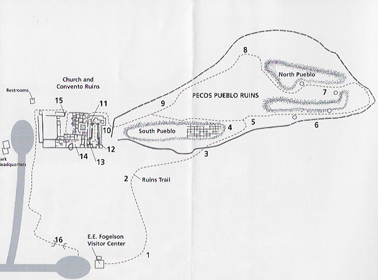
Location
On church wall (N35D33'00.012 X W105D41'21.431)
Flowers first observed: 9/12/17
The Plant w/Flowers
The Flowers

Distribution
Description
"Glabrous annual, prostrate or ascending, rarely suberect, stems much-branched from base, 2-6 dm long. Leaves: Alternate, petioled. Petiole half as long as blade. Blade obovate, elliptic or spatulate, 1-2 cm by 0.5-1 cm. Margins usually entire, base cuneate and tapering. Flowers: Inflorescences are axillary glomerules of green flowers; Staminate flowers intermixed with pistillate; bracts of pistillate flowers narrow, thin, 1.5-5 mm, more or less equaling or slightly exceeding tepals, with thin, narrow, long-tapering apices; pistillate flowers with 4-5 tepals, narrowly ovate to broadly linear, unequal or subequal, 1.5-3 mm, thin, apex acute or acuminate; style branches spreading; 3 stigmas; staminate flowers with 3 tepals, 3 stamens. Fruits: Broadly ovoid utricles, 2 mm, equaling tepals, mostly smooth, circumscissile dehiscence; seeds black, 1.5 mm in diameter." (SEINet)
Ethnobotanical Uses
"Young plants boiled and dried for winter food, the seeds were ground into a meal, eaten as greens and used as a potherb. As a forage it can be eaten when young, but all Amaranthus will cause bloat in cattle." (SEINet)
Internet Links
